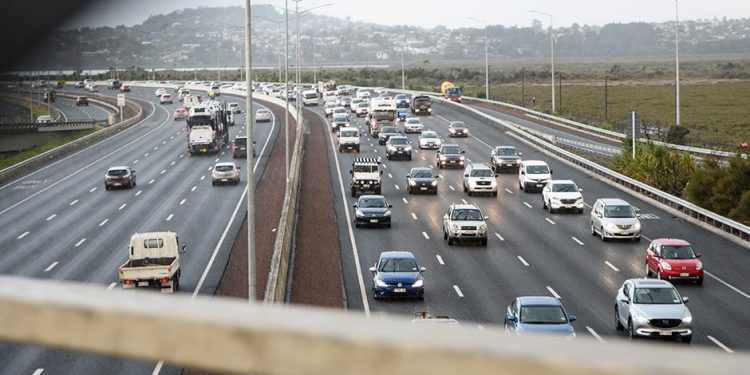New Zealand’s greenhouse gases plummeted in 2020
The amount of pollution caused by the local transport sector in 2020 has been revealed, underlining a decline in greenhouse gas emissions.
While the announcement is good news for advocates of electric vehicles and the like, experts have been quick to note that the majority of the decline can be put down to 2020’s series of Covid-19 lockdowns and the subsequent lack of cars on the road.
Stats NZ confirmed earlier this week that New Zealand emitted 80,552kt (kilotons) of greenhouse gases in 2020. This represents the lowest number recorded in seven years. For reference, the previous March year saw 84,367kt produced locally.
Since New Zealand’s return to relative normality (the country hasn’t recorded a fully blown Level 4 Covid-19 lockdown since last April), Stats NZ says that emissions have begun to trend upwards to prior levels.
“In the last year, we’ve seen both the largest annual decrease on record and the most volatile quarterly movements in emissions,” says Stephen Oakley, Stats NZ environmental economic accounts manager.
“Emissions from transport, postal, and warehousing have remained low since June 2020 but started to increase as road transport and domestic air travel increased post lockdown.”
Breaking it down by sector, the transport, postal, and warehousing industries were the main ones that witnessed an emissions drop, falling by almost 50 per cent in 2020. Manufacturing, agriculture, and fishing sectors also produced less emissions.
Perhaps unsurprisingly, the local electricity, water, gas, and waste sectors were all among those to record an increase in greenhouse gas emissions in 2020, perhaps in response to the increased time spent at home during lockdown. Although, direct emissions from households actually dropped overall by 3.7 per cent, according to the figures.





